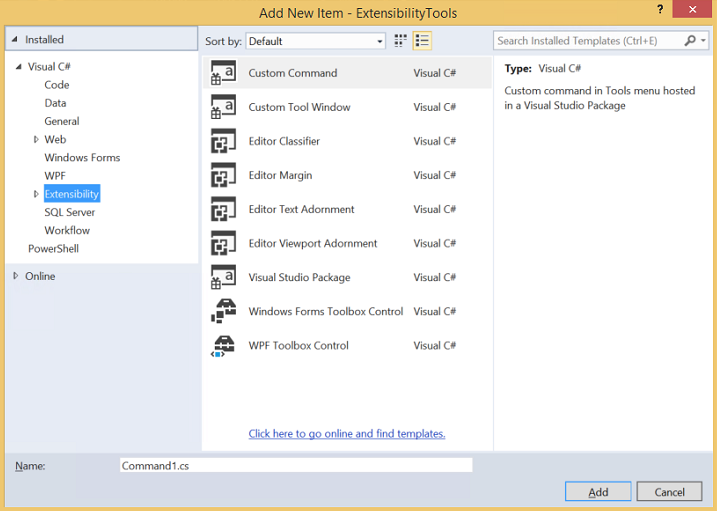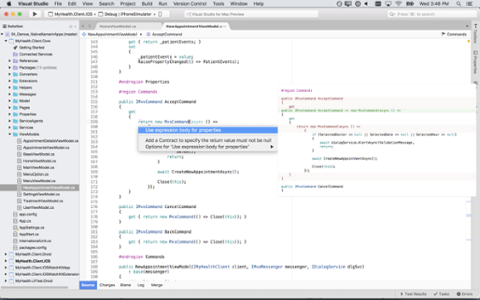Microsoft has released Visual Studio 2015, the latest iteration of its integrated development environment (IDE). The platform offers all sorts of bells and whistles for developers, including improved diagnostics tools, Bing-powered compiler help (which scours the Web for possible solutions to compiler error code), and user account management. For those tech pros who work beyond the Windows ecosystem, however, this version of Visual Studio offers some additional products designed to facilitate such work. Case in point: The Visual Studio emulator for Android, which supports Jellybean 4.2 (API 17) and Lollipop 5.1 (API 22), as well as the Android Developer Kit. There’s also the Java Developer Kit and Native Developer Kit, along with support for writing C++ code for iOS. Visual Studio’s new functionality for building iOS, Android, and Windows apps might come as a surprise to those developers used to Microsoft defending its Windows ecosystem at all costs. But with its Windows Phone failing to gain traction in the mobile space, and Windows seeking to rebound after Windows 8’s failure to seize significant market-share in the PC segment, Microsoft under new(ish) CEO Satya Nadella has embraced a new, more platform-agnostic strategy. Simply put, Microsoft wants developers using Microsoft’s tools, even if they’re building for non-Microsoft platforms; it wants customers using Microsoft software, even if they’re using iOS and Android instead of Windows. And so Visual Studio, in addition to its other improvements, is now more of a cross-platform development environment. A full list of its new features is available on The Visual Studio Blog.



